-

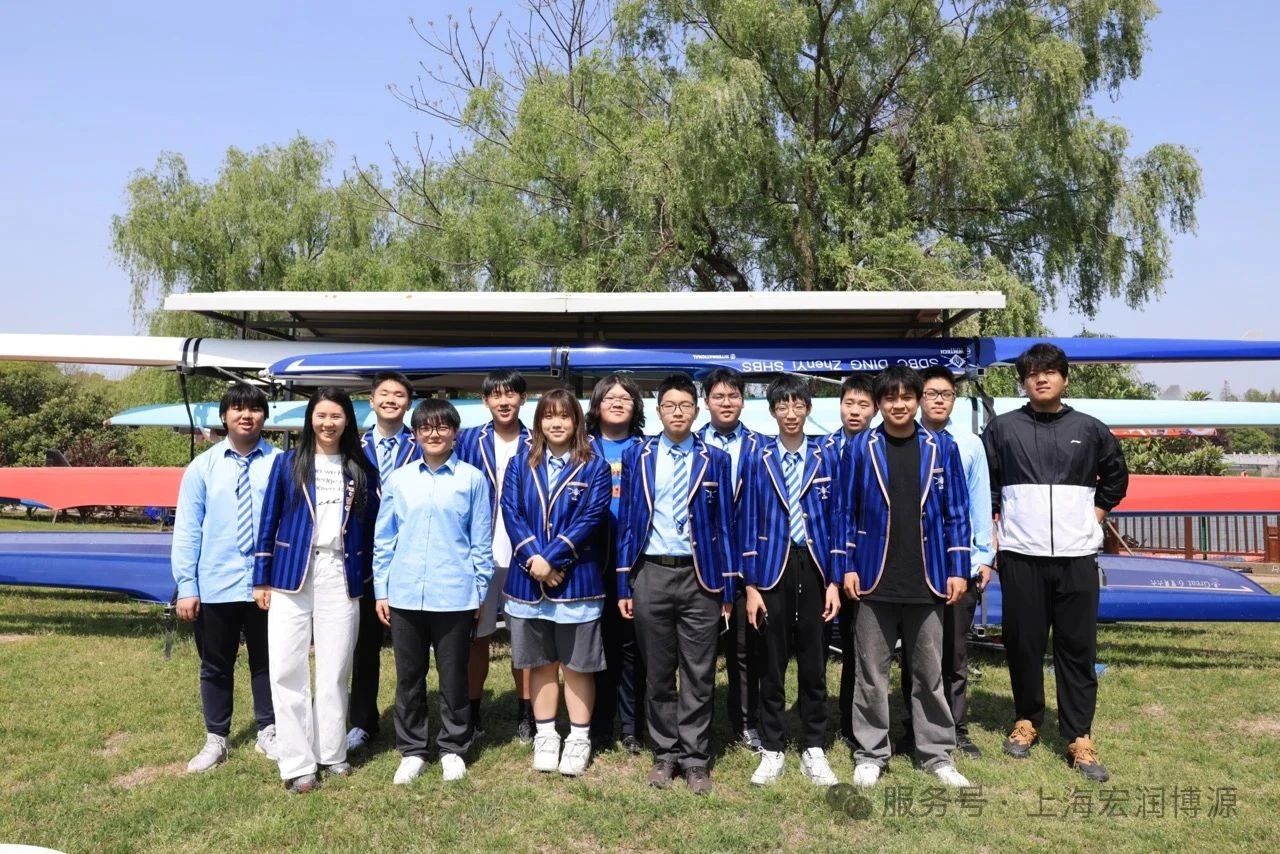 Hongrun Boyuan High School Rowing Academy | Shaping Youth Rowing Teams and Future Leaders2025-06-20
Hongrun Boyuan High School Rowing Academy | Shaping Youth Rowing Teams and Future Leaders2025-06-20 -

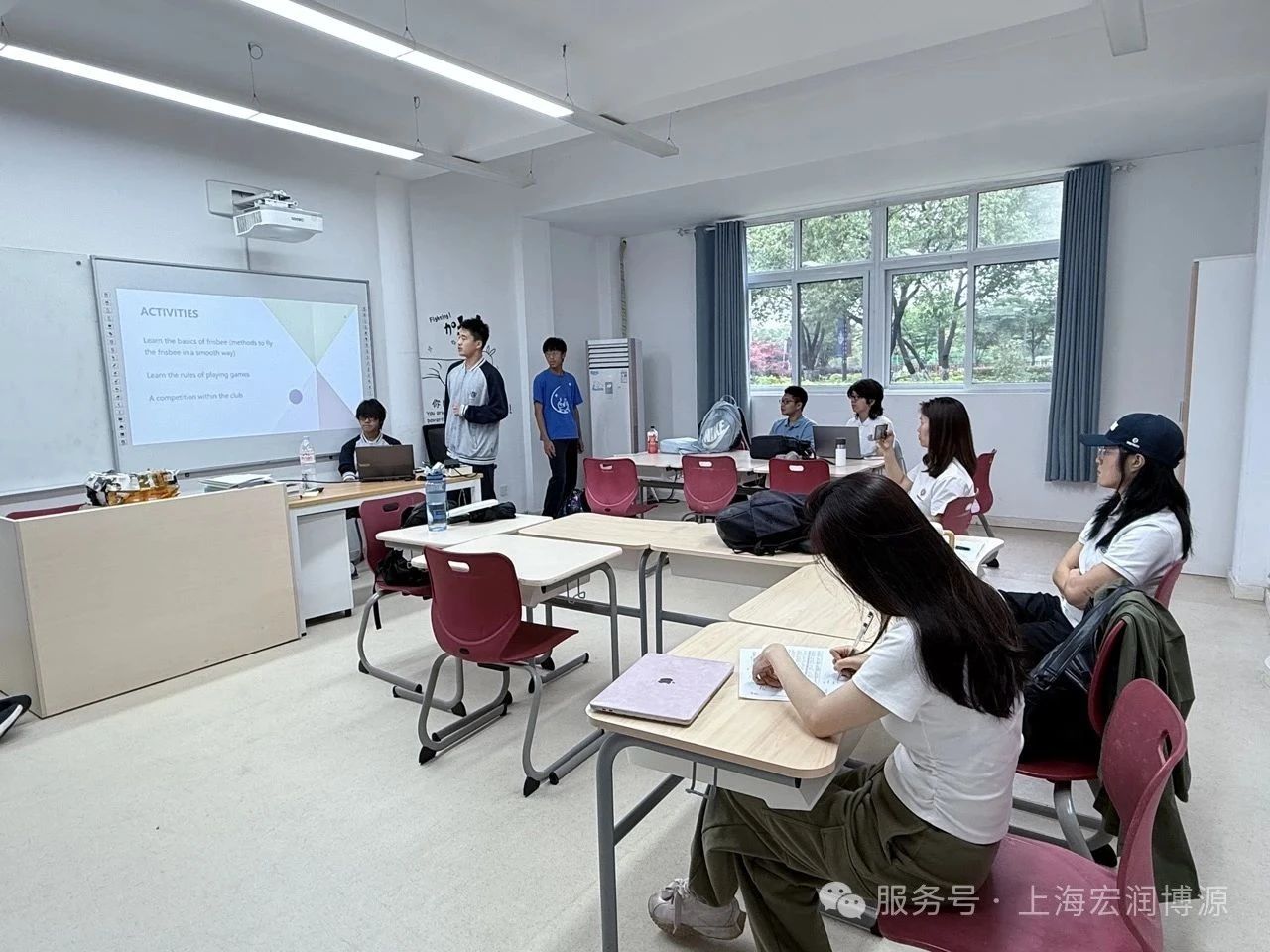 Hongrun Boyuan High School Event | A Flourishing of Talents and Vibrant Energy: 2024–2025 Second Semester Club Summary Report2025-06-18
Hongrun Boyuan High School Event | A Flourishing of Talents and Vibrant Energy: 2024–2025 Second Semester Club Summary Report2025-06-18 -

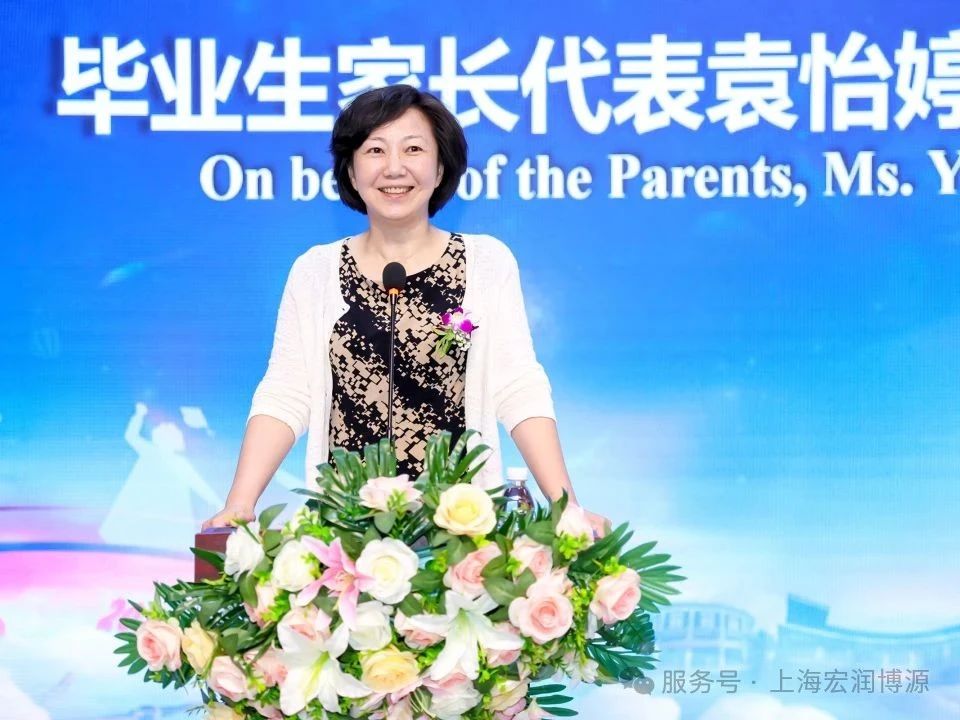 Commencement|Speech by Ms. Yuan Yiting, Parent Representative of the Graduates2025-06-06
Commencement|Speech by Ms. Yuan Yiting, Parent Representative of the Graduates2025-06-06
- 2023-11-18
- Views:1316
Building Global Shanghai
Shanghai's New Energy Journey: Exploring the Future of China's Automotive Industry
The new energy industry in China is booming, and Shanghai, as an important base for this industry, has attracted major companies such as Tesla, NIO, Li Auto, and SAIC Motor. Chinese new energy vehicle companies are excelling in technology and innovation, gradually penetrating the global market. For our "Building Shanghai" project, we decided to focus on this theme and visit a range of new energy enterprises in Shanghai to experience the development of this industry up close, feel its vibrancy, understand the efforts behind this industry, and deepen our understanding of the global new energy market.
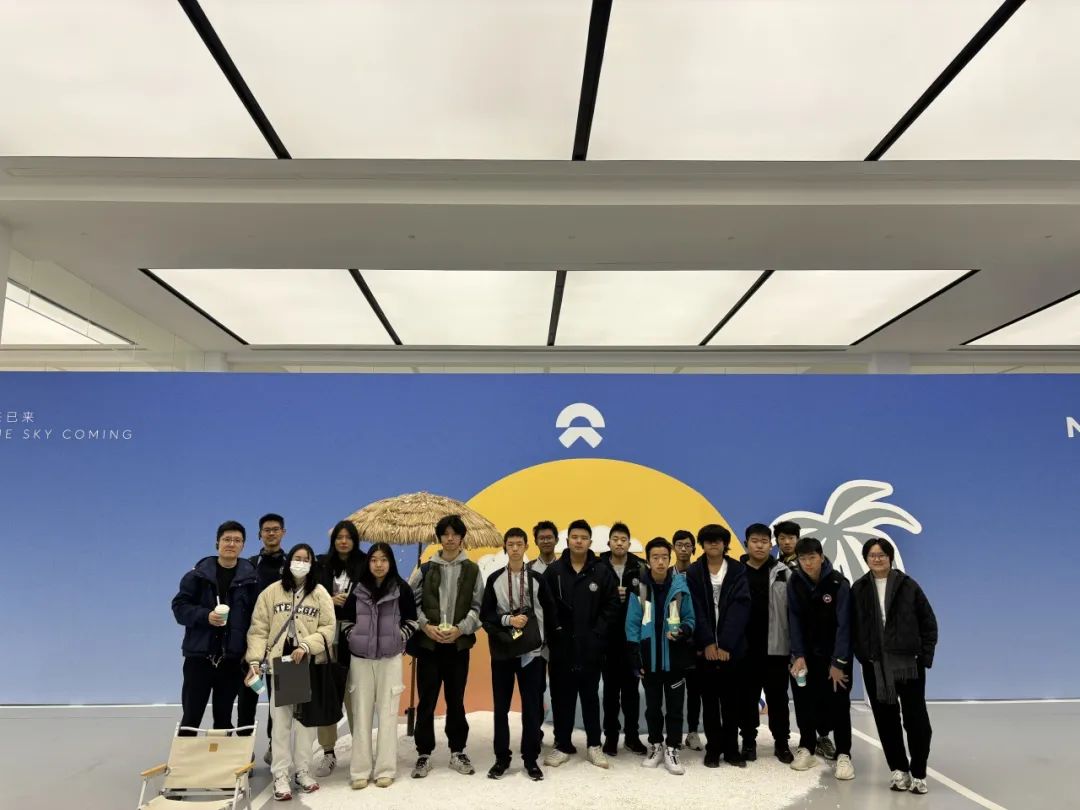
Through the joint efforts of our school and parents, we arranged a 2-day visit to SAIC's IM (Intelligence in Motion), NIO, and CATL's Future Energy Research Institute, where we received a warm reception. Before the trip, we divided into four groups to research the new energy industry, focusing on:
1. SAIC and other traditional automakers' financial, technical investments, and market strategies in the new energy vehicle field.
2. Analyzing the investment situation and market dynamics of new energy vehicle companies like NIO.
3. Studying the global market share and growth rate of domestic new energy vehicles and exploring their international market expansion plans.
4. Focusing on the industry's sustainable development practices, including the environmental impact of battery production, use, recycling, and future directions for new energy utilization.
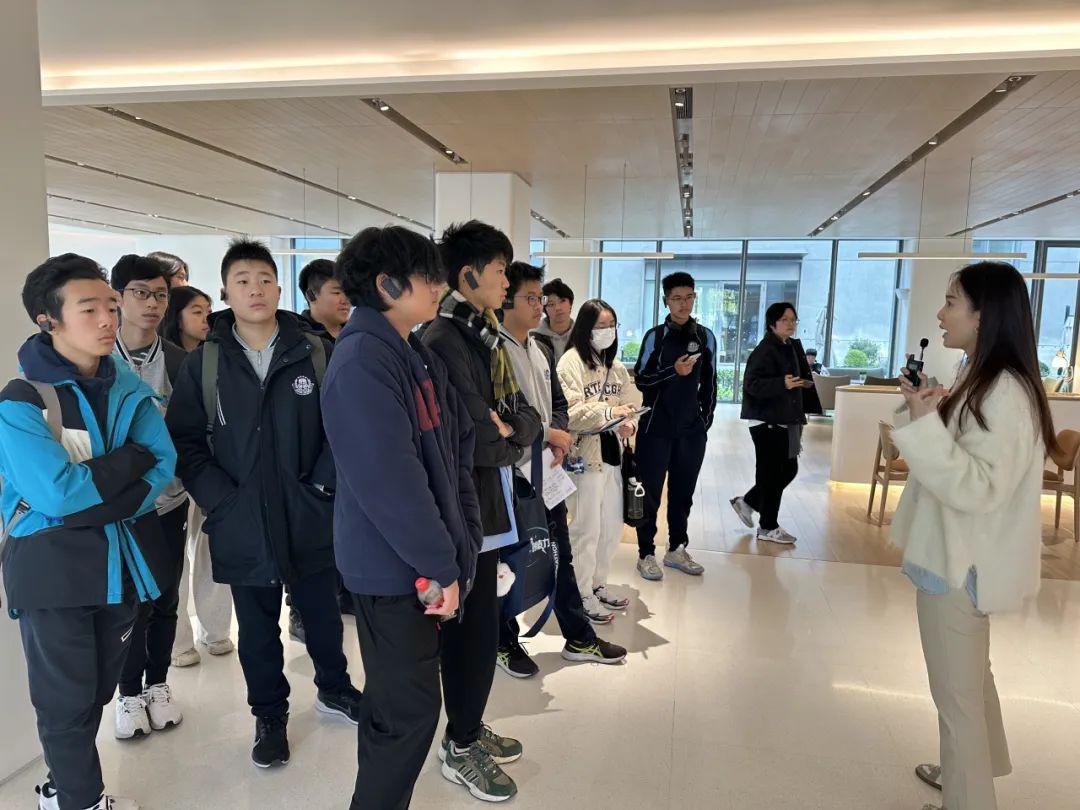
On November 15th, filled with anticipation, we began our official visit. First, we went to NIO House, where we witnessed NIO's rapid battery swapping in action and experienced riding in their new models, feeling the perfect combination of speed and passion. In the afternoon, we visited the showroom of SAIC's IM, where their design director showed us existing models and autonomous driving technology. We were also fortunate to see an unreleased new model. Then, IM arranged for a fleet of their full range of models to take us to their R&D center, where we witnessed the strict testing process of IM's software and hardware and had a face-to-face interview with the director of their international business division.
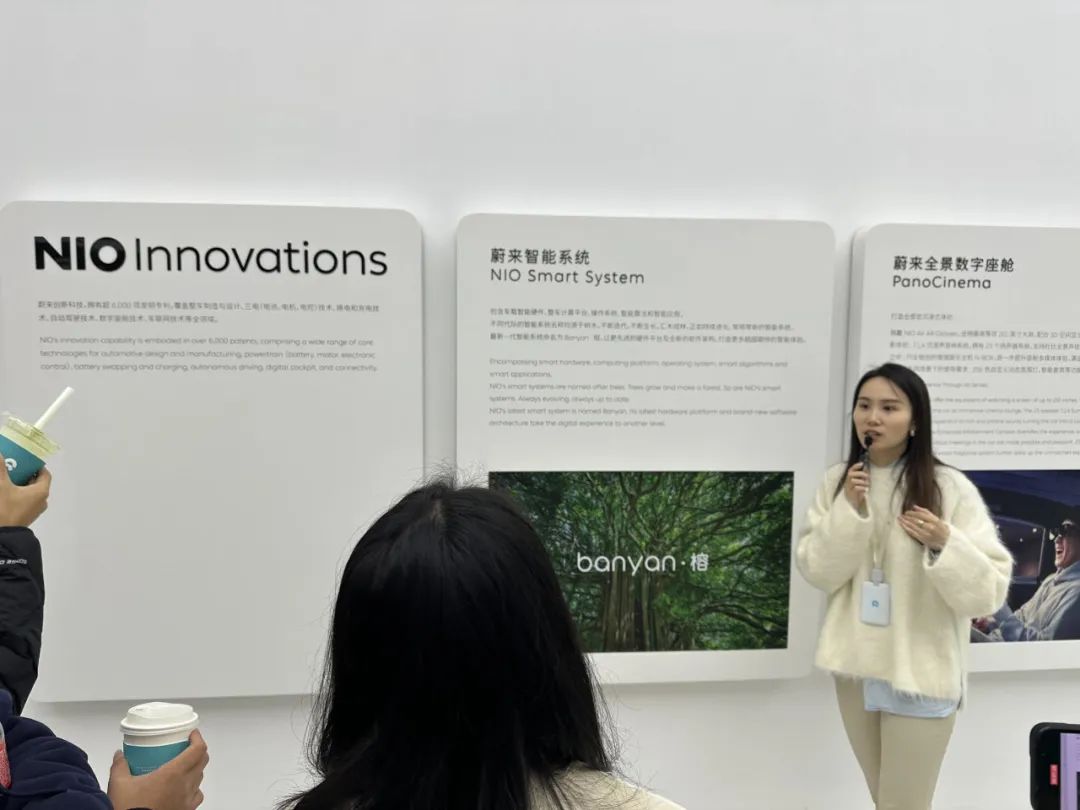
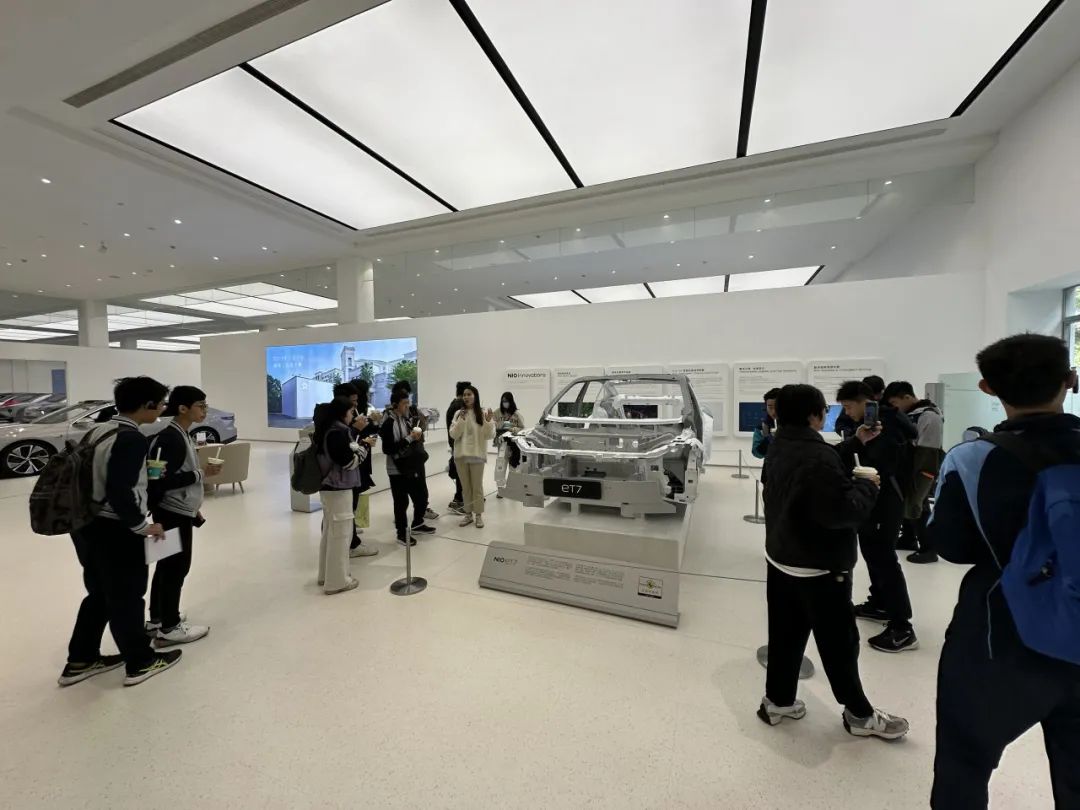
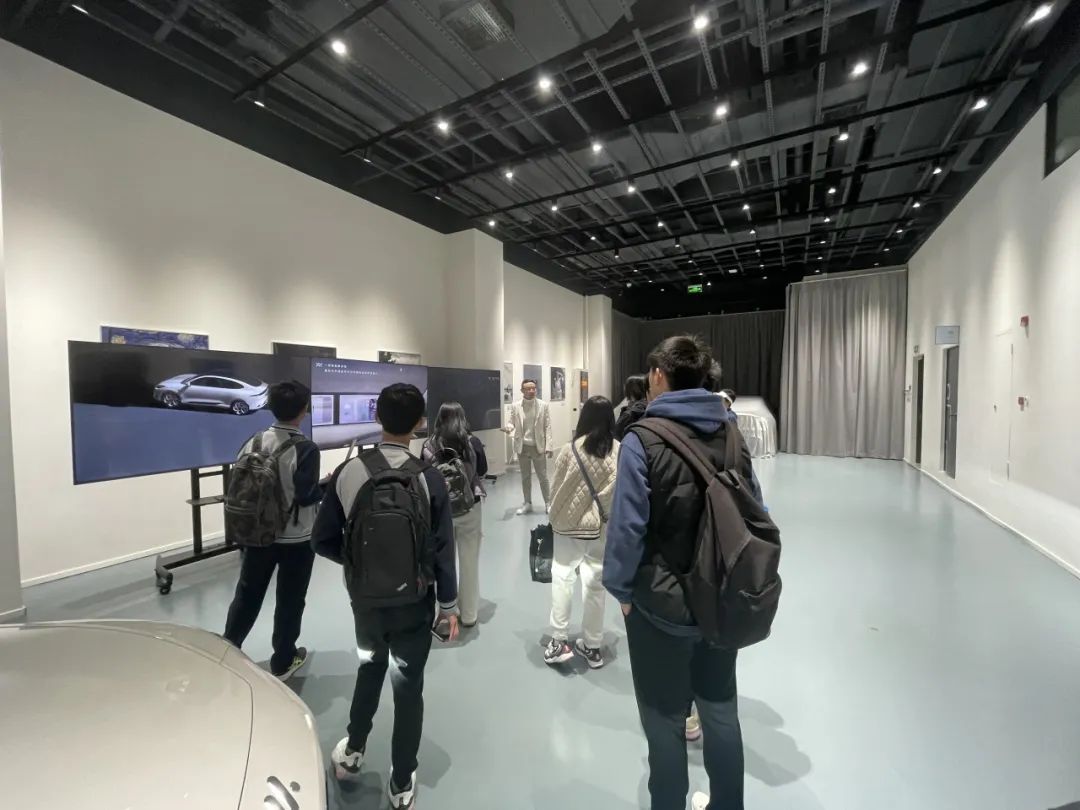
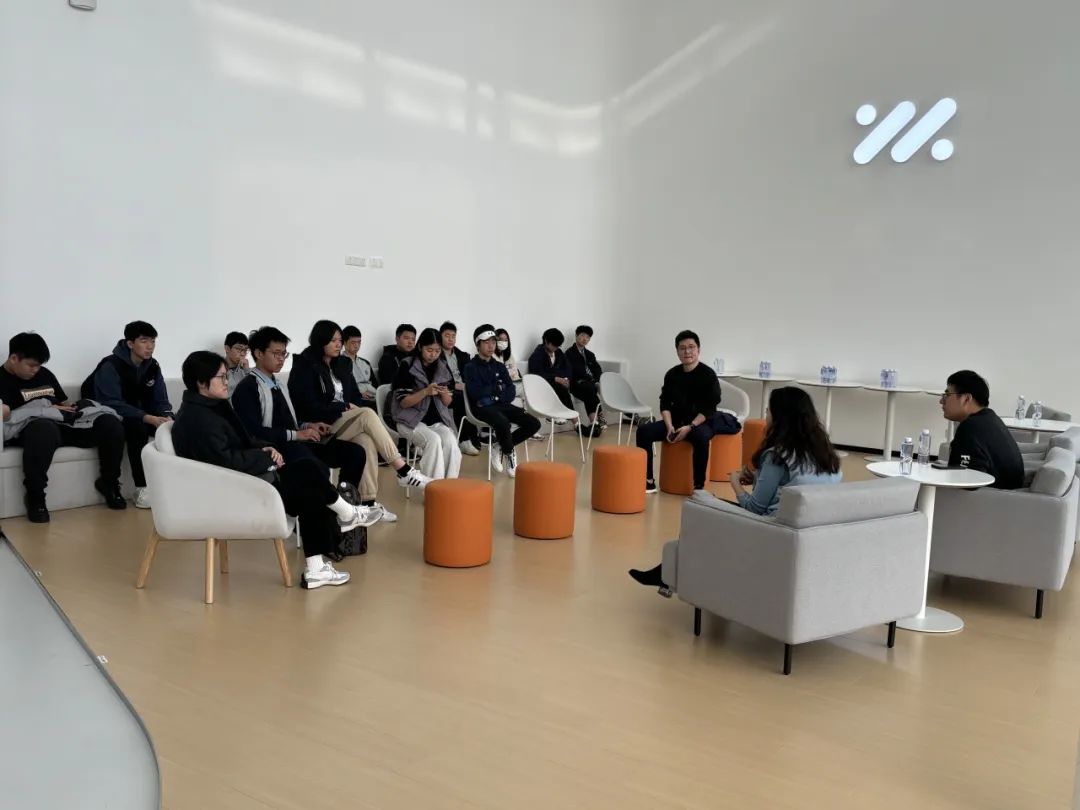
Throughout the visit, we realized the huge challenges facing domestic traditional automakers as the global market share of petrol cars declines and transformation becomes imperative. Many traditional automakers are transforming through brand cooperation, establishing their own brands, and collaborating with new energy vehicle companies. For example, IM reflects SAIC's determination for self-innovation in the new energy field. Meanwhile, independent brands like NIO represent the fresh blood in this emerging market, injecting new vitality into the automotive industry, one of the world's largest industrial sectors.
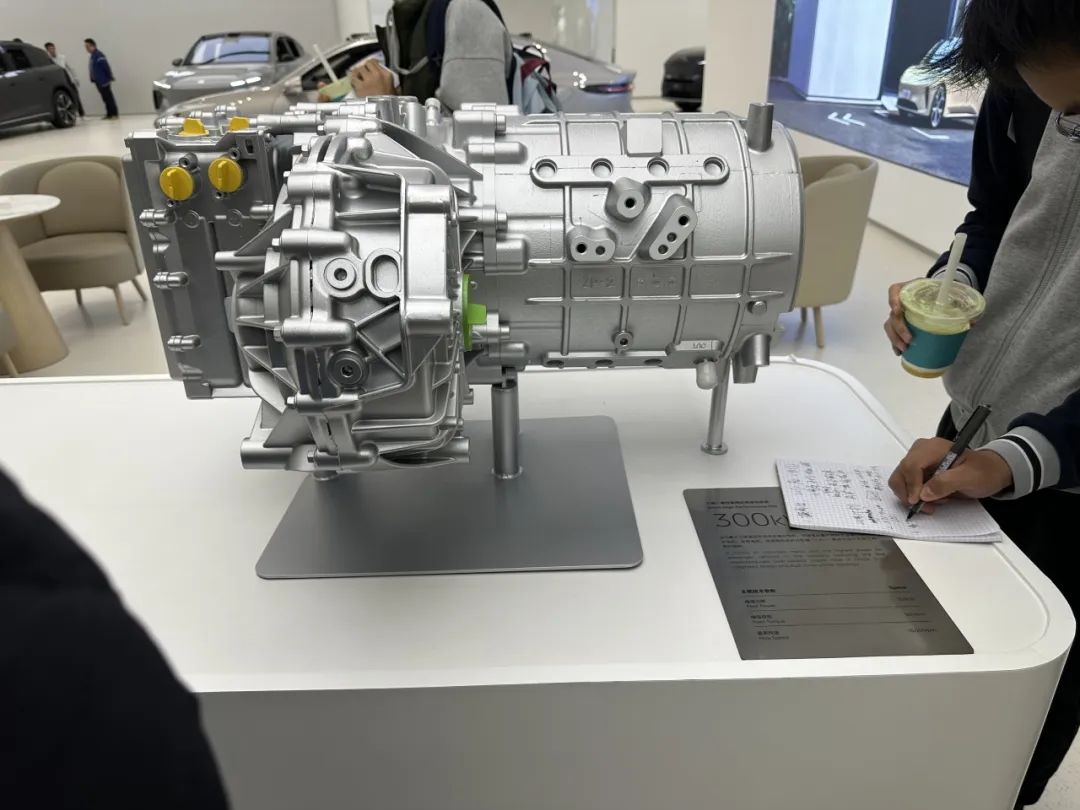
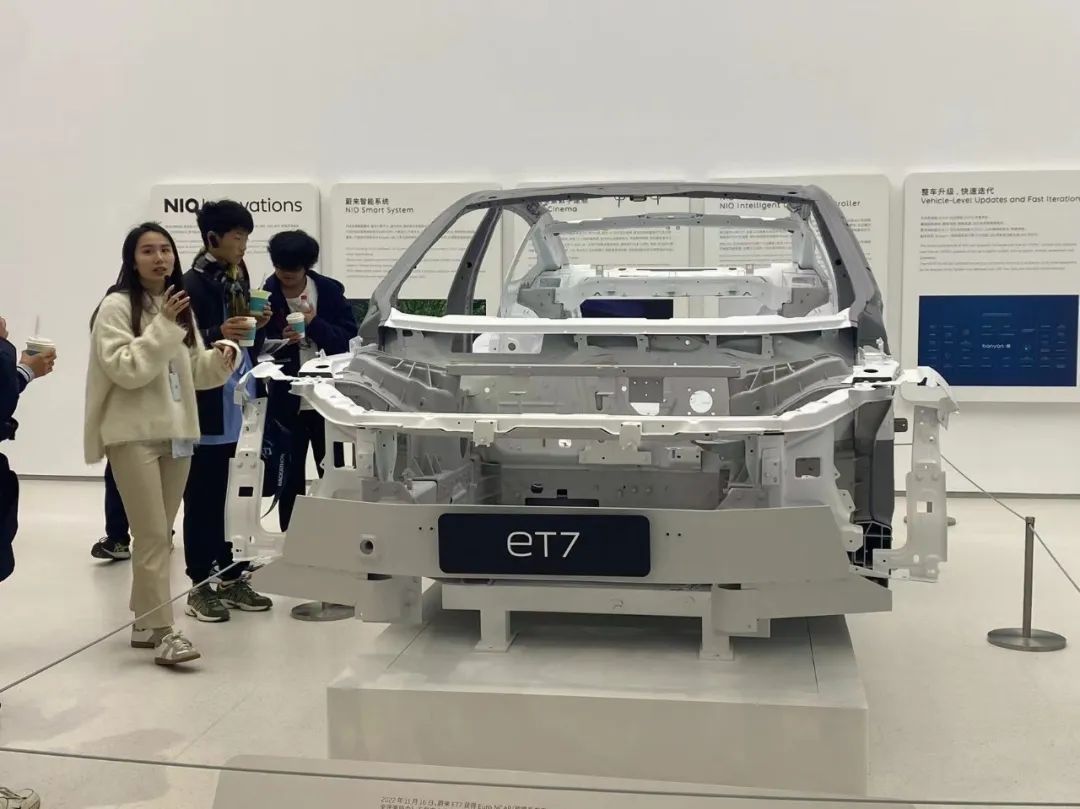
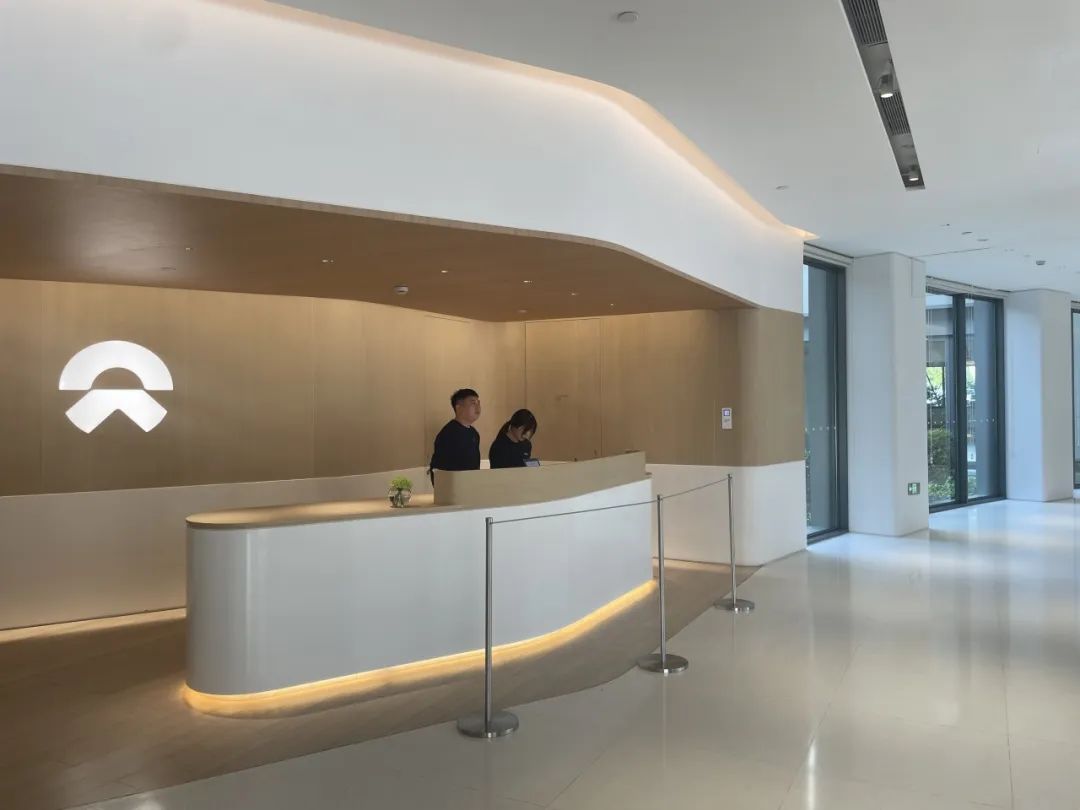
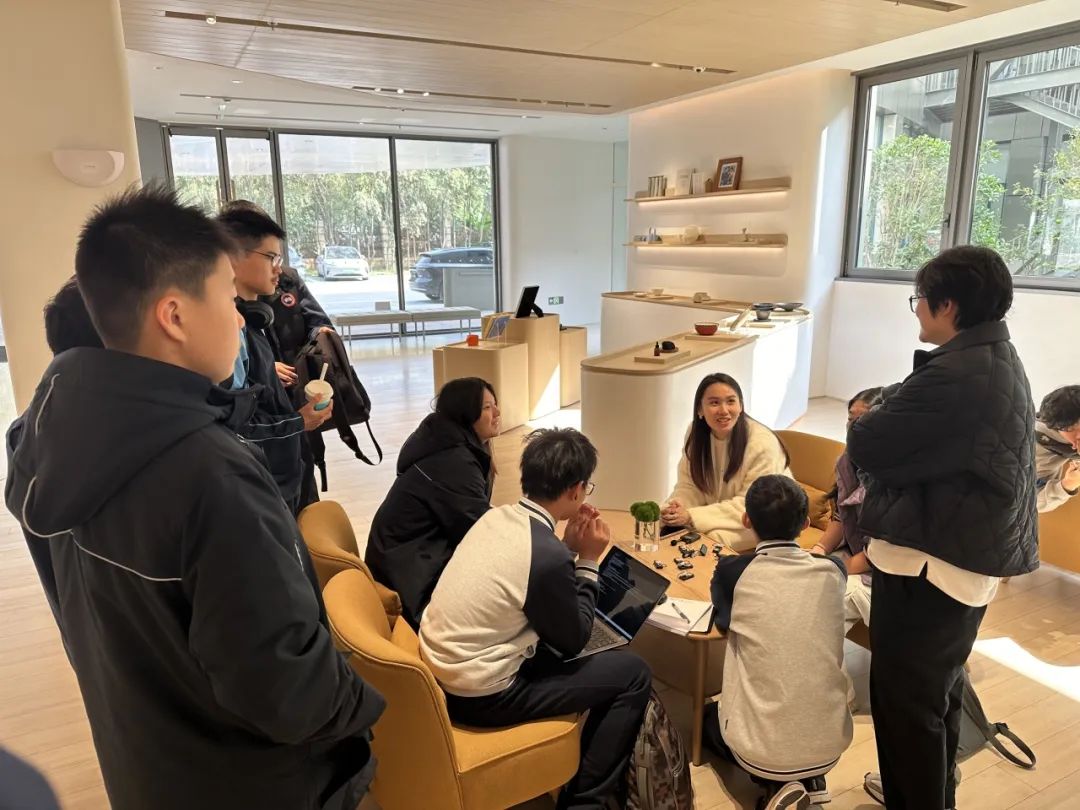
What makes us even more gratified is that as our companies have rapidly developed in design, technology, industrial chain and other aspects under the baptism of the domestic market, they have now begun to enter overseas markets. This year, China has surpassed Japan, becoming the world's largest automobile manufacturing country. Of course, the process of expanding overseas markets is not smooth sailing. In addition to facing the road conditions, policies, regulations, and car usage habits of different countries, our Chinese car companies also face competition from more powerful rivals.
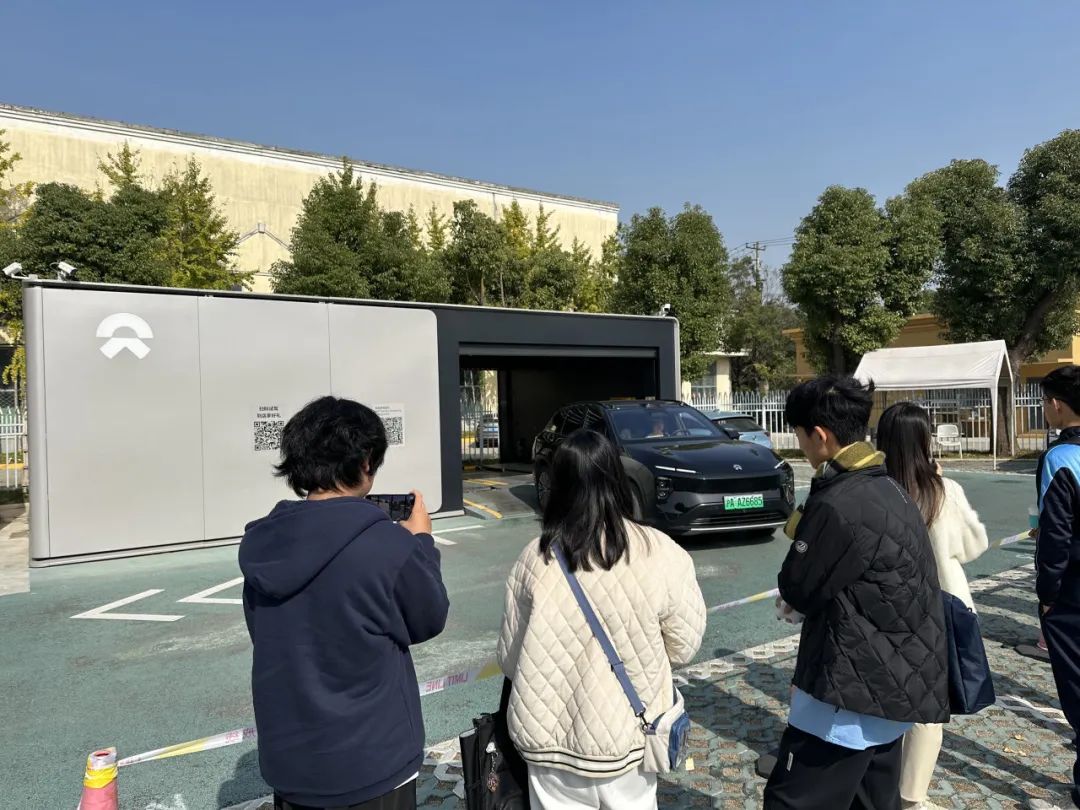
Our second day's visit to CATL's Future Energy Research Institute showed us a different aspect of the industry. During the visit, due to confidentiality reasons, all our cameras were sealed, but we had the opportunity to discuss face-to-face with several experts in related fields. For the first time, we felt so close to cutting-edge technology. As one of the world's leading new energy companies, CATL is continuously refining battery technology and investing in renewable energy, reducing carbon emissions, and minimizing environmental damage. Facing the growing energy demand and the contradictions of sustainable development, CATL aims to further develop solar and wind energy, researching and developing new materials, energy storage technologies, and more efficient battery designs to improve energy conversion efficiency and storage capacity, thereby promoting the application of sustainable energy.
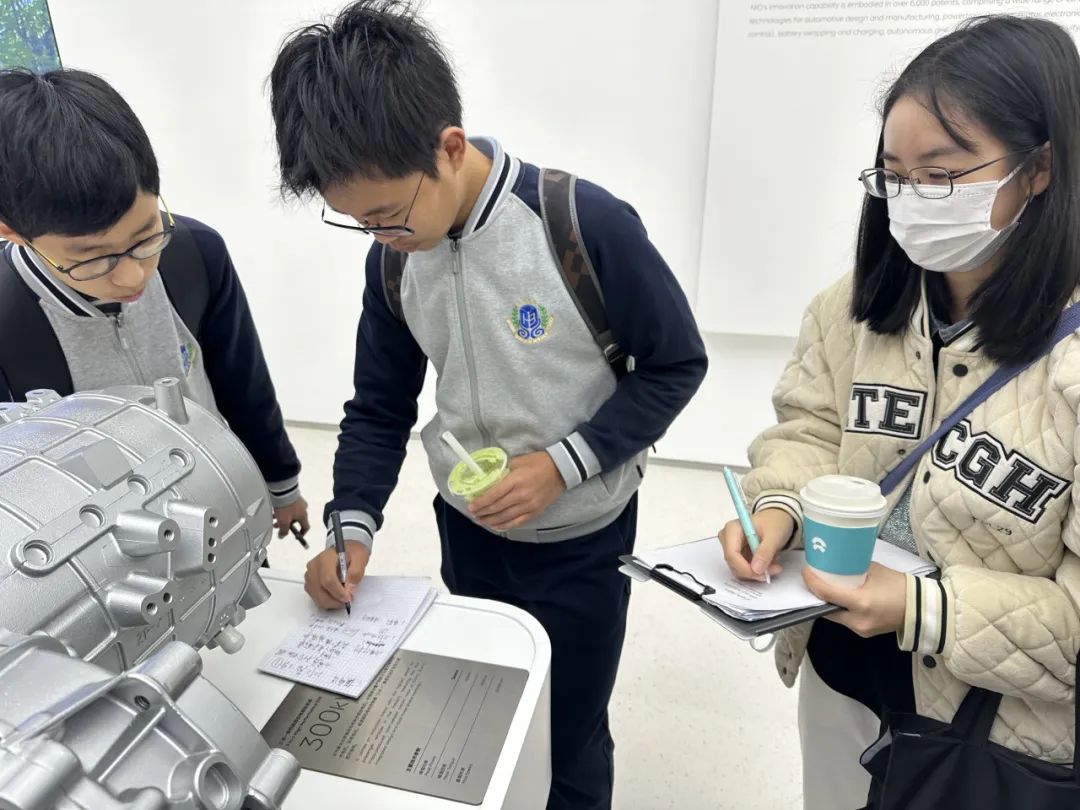
Through these series of practical activities, we gained a deeper understanding of the trends and challenges of Chinese new energy vehicle companies in the global market. The "Building Shanghai" project not only deepened our understanding of the new energy automobile industry but also inspired our thoughts on sustainable development. In the future, high-performance, high-safety, and low-cost batteries will become the core of electric vehicles, energy storage systems, and renewable energy, and we look forward to the brilliant performance of China's new energy automobile industry on the global stage.
小组 | New Energy Automotive
指导老师 | Davy Zhu, Shannon Shen
文/翻译 | Ella Wu, Dora Hang, Chris Li, Eathon Lu, Sophie Xu
排版 | Jang








